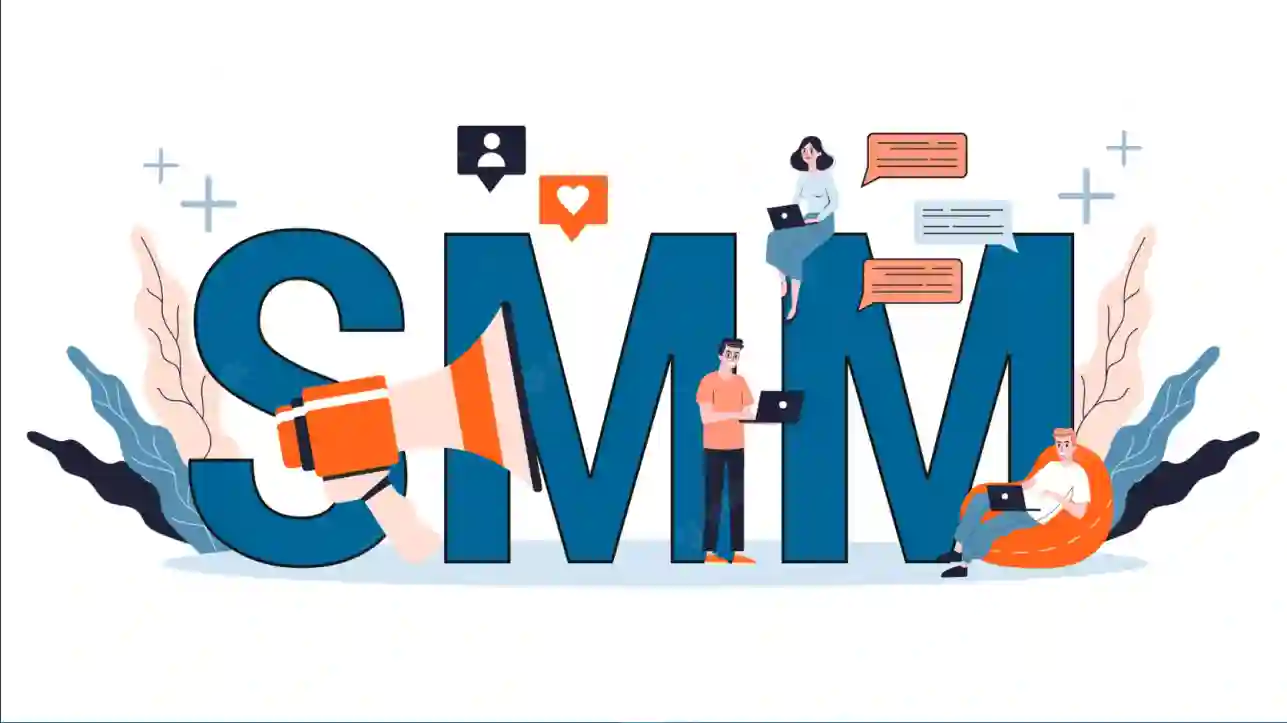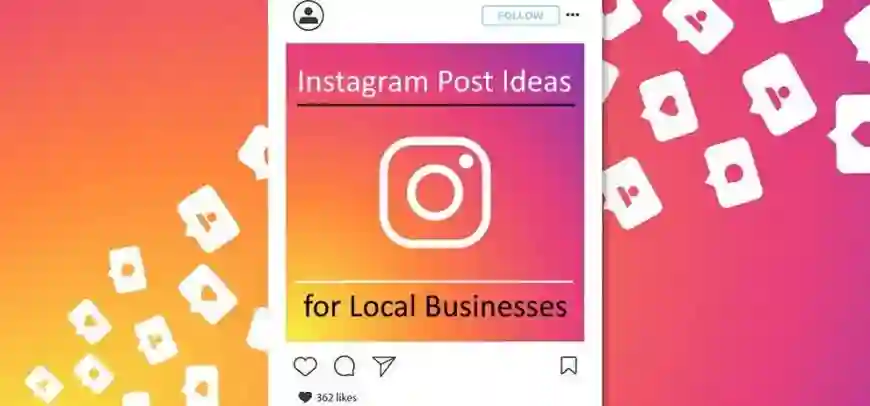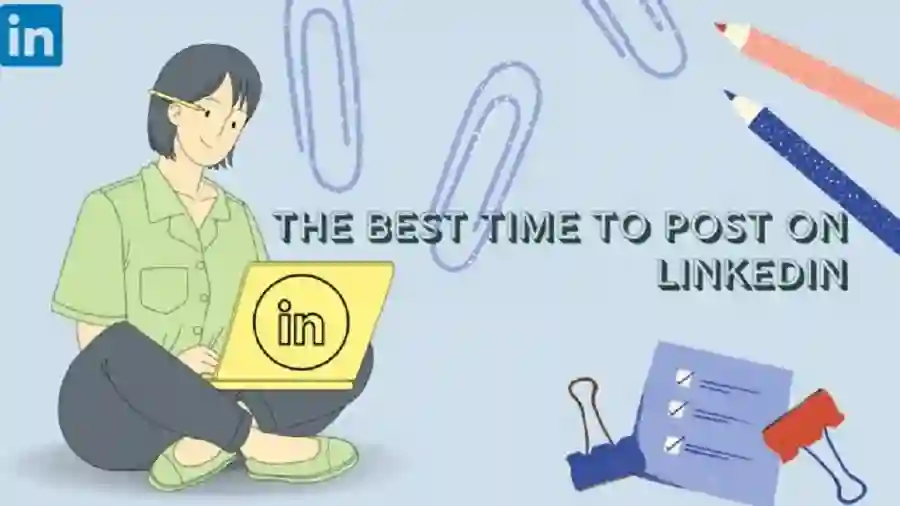
The Top 5 Ways to Make Money with Social Media
Many people dream of landing a job that pays well, has great perks and suits their personality and work style. But the reality is that not everyone has the right skillset to fit into that ideal career.
That doesn’t mean that you should give up hope! You can earn good money by collaborating with brands and using social media to promote your business.
1. Affiliate Marketing
One of the most straightforward ways to monetize content is through affiliate marketing. Find products that you love and recommend to your audience, and earn commission on the sales you drive their way.
This strategy is particularly popular with DIY bloggers and home decor YouTubers, who regularly incorporate affiliate links into their stories. However, it’s important to only promote products that are relevant to your audience and avoid overly promotional or salesy content.
For example, sustainable swimwear brand Seea regularly uses social media to drive traffic to their Shopify website and online sales. They also use affiliate tools like Linkpop to create a simple, customizable affiliate program for their community. This allows them to keep their affiliates informed with an autoresponder when sales are made.
2. Sponsorships
Social media is a powerful tool for brands and creators alike, and new opportunities for earning are constantly popping up. With the right amount of time and effort, anyone can make a nice income from their content.
One of the easiest ways to earn money on social media is through brand partnerships and sponsored posts. A top Instagram or TikTok influencer can command thousands of dollars for a single post, and even smaller creators can earn a small fortune from affiliate marketing and sponsored videos.
Another great way to monetize your social media is by offering a membership program. Copywriters, graphic designers, website developers and other skilled professionals can easily find clients by creating a membership-based service that provides exclusive content in exchange for a monthly fee.
3. Sponsored Posts
Whether you’re an influencer or brand, sponsored posts are one of the top ways to make money with social media. Many creators and influencers earn a living from advertising on platforms like TikTok, Instagram, YouTube and Facebook by partnering with brands to create content and promoting it to their audiences.
Small businesses can also use paid social media content promotion, including Facebook sponsored posts, to reach new audiences and generate more sales. But it’s important to note that there are times when a Facebook ad may be the more effective option.
As with all sponsored content, it’s critical to disclose your sponsorship in order to maintain credibility and transparency with your audience. And using Loomly to manage all of your ad campaigns helps ensure you don’t forget to include sponsor disclosures in any of your posts!
4. Sponsored Videos
Bloggers have been leveraging affiliate links for years, but social media platforms like TikTok Shop and Instagram Stories are making this type of passive income much easier for anyone to tap into. Essentially, you share affiliate links to products or services that your audience will find interesting or useful and when they click through and purchase, you get paid.
Similarly, you can earn money from your audience on YouTube and Facebook by sharing videos that showcase your talents or products. Alternatively, you can also use the live feature on these platforms to broadcast Q&A sessions and allow viewers to tip you with heart emojis. Just make sure that you clearly label sponsored videos to help your audience feel safe and confident in the content you share with them.
5. Sponsored Content
Sponsored content is a great way to make money by promoting products, services and events on social media. It can be especially effective if the content is a natural fit for the brand and audience. For example, a beauty company could partner with a popular YouTube makeup influencer to create a tutorial using their products.
It is important to be transparent about sponsored content and clearly label it as such. Otherwise, audiences might get turned off and tune out of your content. Sponsored content should also be authentic and tell a story. Otherwise, it will come off as spammy and not trustworthy.
For example, a well-known YouTube show called Hot Ones partnered with TUMS to produce a video about spicy foods that cause heartburn. The result was a funny and engaging video that showed the product in a real-life setting while still providing value to the viewers.





